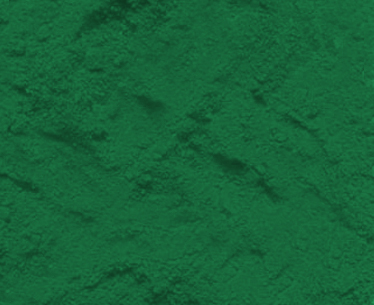Why do pigments have the difference between transparent and opaque painting
2024-10-13
The first thing to start with is the Material that makes the pigment. The increase of the concentration of yellow 139 does not affect the gloss, and has excellent fastness to light and weather. Substitute chrome yellow with inorganic pigments. Suitable for high-grade paint (auto repair paint), light resistance in alkyd melamine resin up to 7-8. Pigment Yellow 8GN product use: suitable for hard PVC material, PS material, ABS material, PMMA material, PA material, conditional use but must first test PBT material, PC material. Pigment Yellow 83 this variety of dosage form grades have 129. With a specific surface area of 69m2/g, Novoperm Yellow HR has excellent light, heat, solvent and migration resistance, giving a reddish yellow that is stronger than pigment yellow 13 (similar to pigment yellow 10, twice as strong). Fluorescent yellow 8G product use: suitable for hard PVC material, PS material, ABS material, PMMA material, PA material, conditional use but must first test PBT material, PC material. The pigment violet 23 is formed by the reaction of one molecule of 2-methyl-8-aminoquinoline with two molecules of 1,2,3, 4-tetrachlorophenic anhydride. Chinese painting pigments are divided into mineral pigments and plant pigments. Mineral pigments are made of various natural metals and stone minerals by grinding, refining or chemical reaction to make pigment powder blocks, and then finely ground into glue. For example, cinnabar comes from the pyroblende ore material in limestone. Red stone comes from the ore material in hematite. Lithic, realgar, and pistillate are made from a mineral called lapis, which is chemically composed of arsenic trisulfide. These mineral pigments have strong coverage and do not penetrate the background color on paper, which is called opaque pigments. There are also gold and silver powder, which are also opaque pigments. The other is called phytochrome, which, as the name suggests, is made from a variety of plants. Tenghuang is made of gelatinous yellow liquid from Hyten tree, or it can also be made of a kind of Chinese medicine crisp seed. Cyanine is made from a plant called indigo; Rouge is made of plants such as red and blue flowers, madder and purple rivets. These plant pigments, painted on paper can mostly reveal the underlying color, is a transparent color. There are also a few translucent colors, such as yellow. Most of the pigments in watercolor painting are transparent, and when you paint another color on top of a layer of color, the color below will come out and mix with the color above to form a compound color. Sometimes, with a very strong color on the painting, it also appears that the coverage is not strong. There are also a few translucent and opaque colors, such as earth yellow, ochre, earth red, pink green, cobalt blue and so on. The oil of gouache painting, the coverage ability of various colors is very strong, are opaque colors, only after adding a lot of water, it becomes very thin, it can reveal the underlying color, but it also looks dirty. So gouache is mostly covered with layers of thicker color, while watercolor uses less color and more water. In addition, using different color methods can also make the color transparent or opaque. For example, painting oil, do not use oil or less oil to adjust the color, then the color is very thick, the coverage is very strong, opaque. However, if you dilute the color with a very large amount of mixing oil and brush it very thinly on the base, you can reveal the underlying color, and then the color is more transparent. Plant pigments and watercolor pigments in Chinese painting, if you use little water to make the color very thick, painted on the picture can become opaque color. It can be seen that there are two kinds of transparent color and opaque color on the color, although it is mainly determined by the raw materials and production methods of the color, in the process of painting, the mastery of the use of methods is also very important. No matter what kind of color, properly used in the color palette, master the degree of moisture or thin, can well meet the needs of painting.




